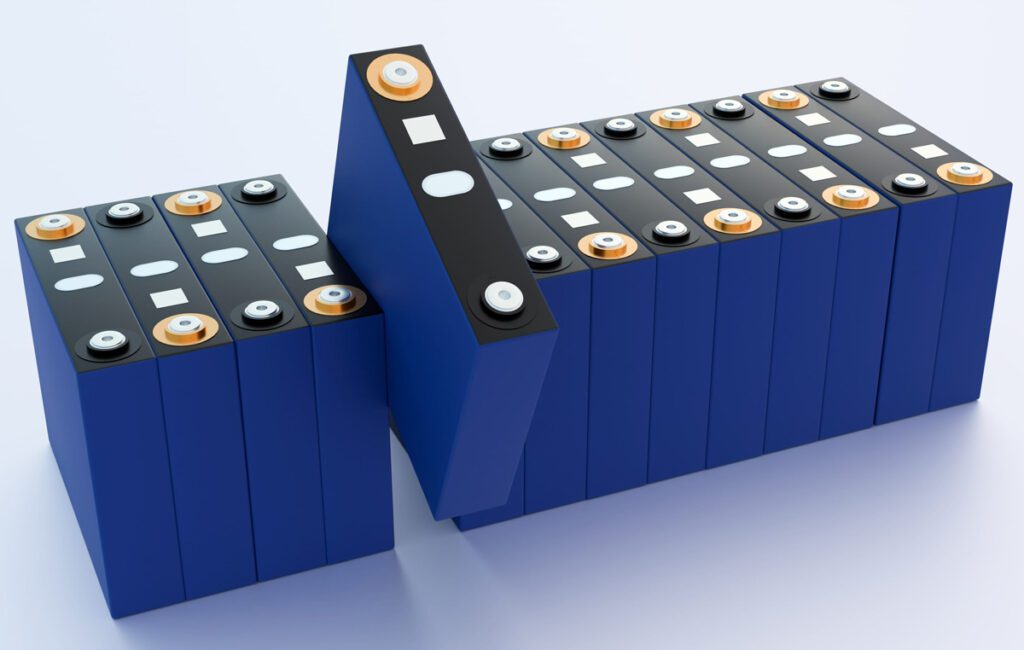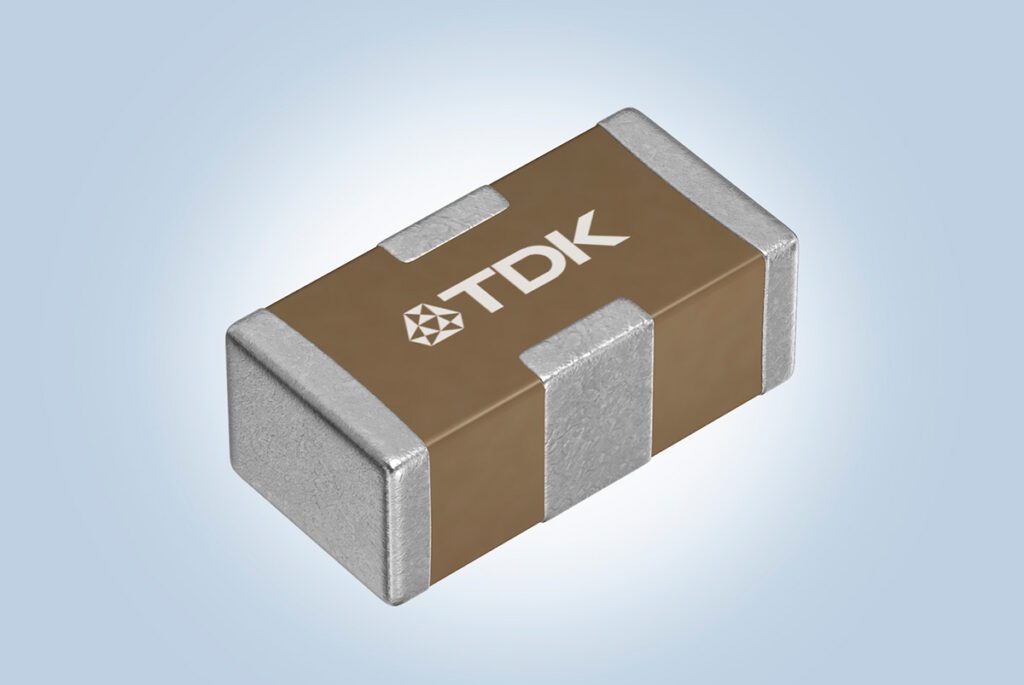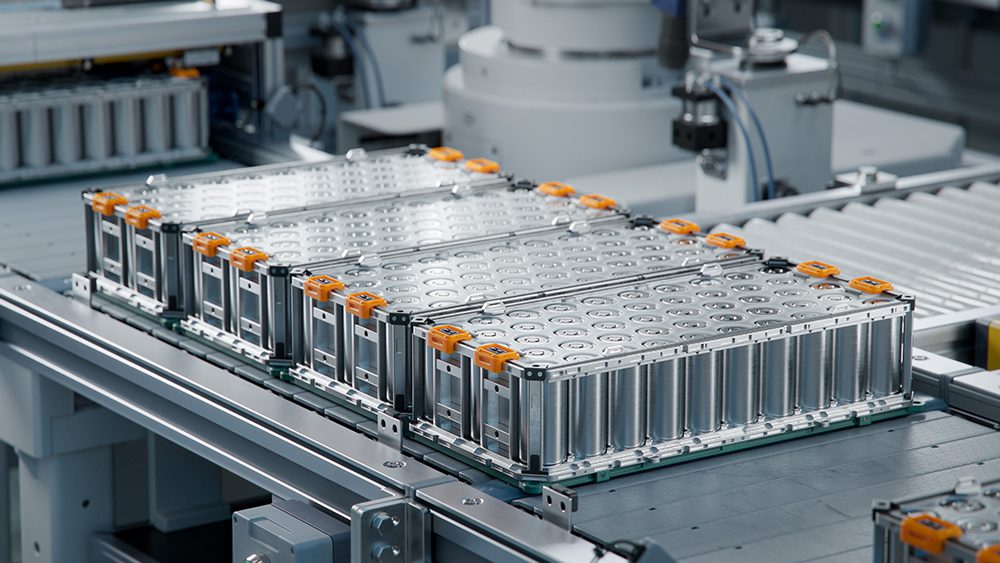The California-based EV startup Faraday Future (FF) has presented innovative ideas and assembled a talented team, raiding the ranks of such companies as Tesla, BMW, Audi, Apple, SpaceX, and Hulu. So far however, it has offered few details about its organization or its strategy.
More is sure to be revealed soon. The company will participate in the Consumer Electronics Show in January, and has announced plans to invest a billion bucks in a US factory.
The Verge’s Tamara Warren recently scored a tour of FF’s Los Angeles facility and interviews with senior execs, adding a few brushstrokes to the sketch of this secretive startup.
Senior VP Nick Sampson, an alumnus of Jaguar, Lotus and Tesla, told Ms Warren that Faraday was born from a conversation. “Three people sitting around in an office, discussing the future of the car and what people’s mobility would be in the future. Eighteen months later, we’ve got over 400 people working from all over the world.” He expects that number to double within a year.
Faraday’s role models are to be found far from Detroit. “Many people look at Tesla and think they’ve done it differently than the traditional auto industry, and they have. But there’s other ways and other things we can capitalize on,” said Sampson. “We reached out into the aerospace industries, the medical device industries, into the internet and technology industries to pull together a group of people with a diverse range of skills that could build a product that’s new and different.”
Sampson and company clearly grasp the fourfold trend that will soon reshape the automotive industry: electrification, connectivity, automation and new ownership models.
“As soon as you get in your car, you lose that level of connectivity,” said Sampson. “Today’s cars aren’t meeting the needs of today’s people, let alone generations yet to come. The kids of tomorrow will be wanting to be connected all the time.”
“If I plan my journey, the car should know the places I want to visit along the way, because it knows my preferences,” he continued. “The car should begin to learn my desires, and not just me as owner or user, but the people who are with me. It should be a much more social event to be in the car.”
“Uber is a new way of getting about,” said Sampson. “Some people are considering not even having a car. The cars of the future have got to meet those needs.” He envisions specialized vehicles that can be rented as needed. “I don’t have to buy one compromise vehicle, I can just have use of the perfect model when I need it, like a subscription service.”
Faraday has spoken of building a vehicle by 2017. “We already have a test vehicle running, testing the electrical system, the battery, powertrain. We’re well through the design process for production. We’re already releasing data and information to start having parts made for real vehicles in the future.”
Should such a revolutionary vehicle even be called a car anymore? “It’s a car to some degree,” said Chief Designer Richard Kim. “It’s a mobility device, and when people interact with cars, there is of course the irrational desire to have it. The car is still going to be beautiful, as traditional car designers want to have.”
Source: The Verge





















































































